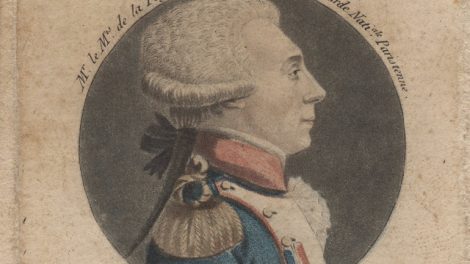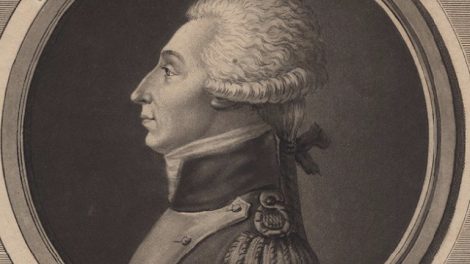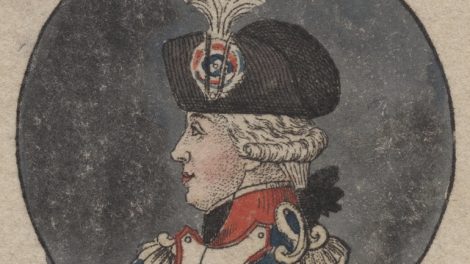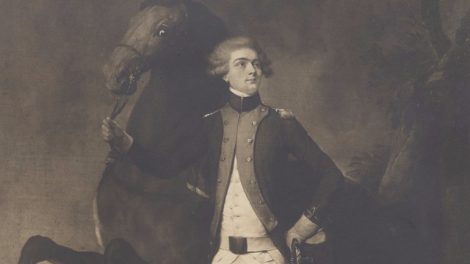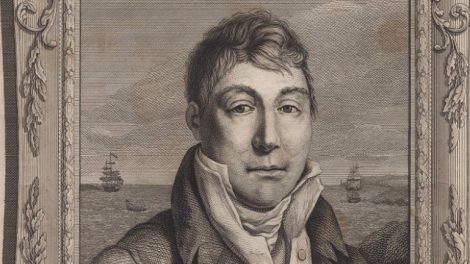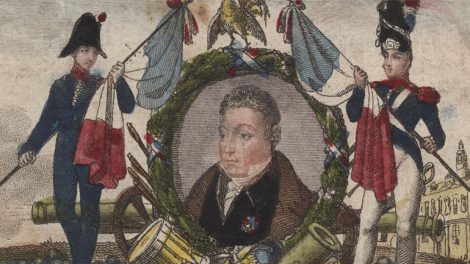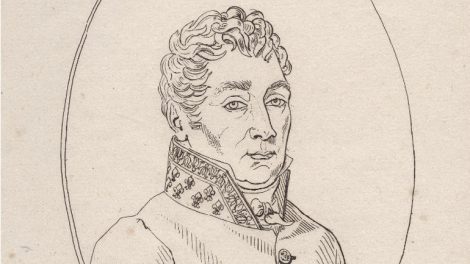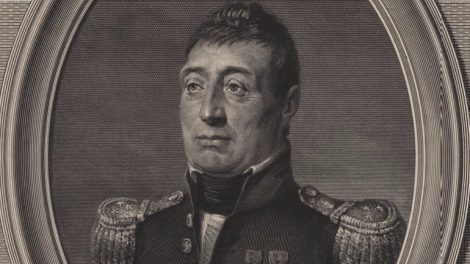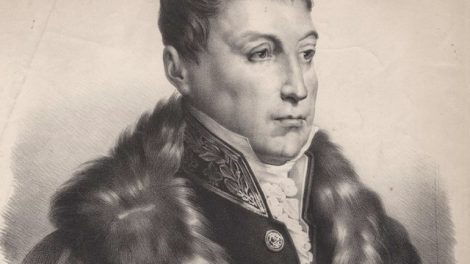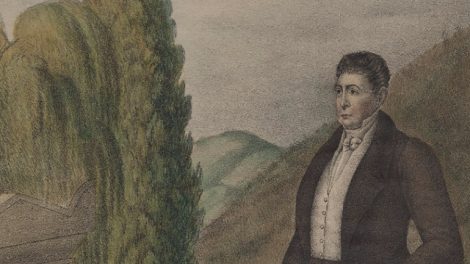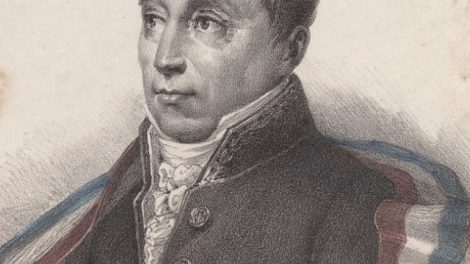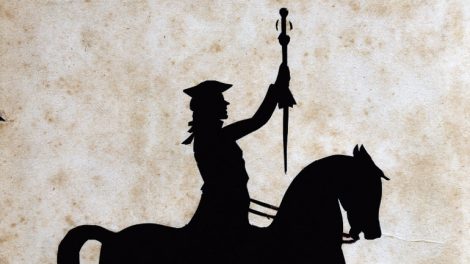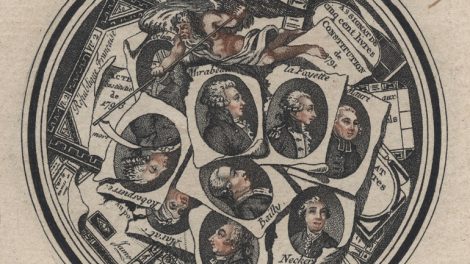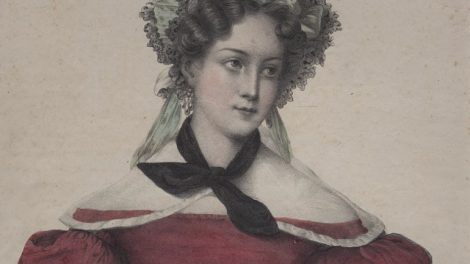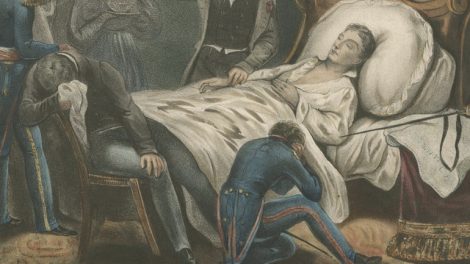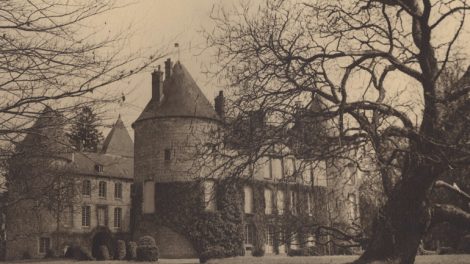Series IX contains prints of Lafayette based on the 1822 portrait painted by Ary Scheffer (1795-1858). The original painting now hangs in the U.S. House of Representatives chamber in Washington, D.C. Just as the Quenedey profile of Series II and the Weyler portrait of Series V were the most popular representations of Lafayette as a young man, the Scheffer full-length figure became the world's conception of Lafayette in his later years. Consequently, this series is also one of the largest of the collection, containing approximately 60 portraits of Lafayette. The characteristics of the Scheffer-type print are distinctive and range as follows: in full-length or bust, to the left, in civilian clothes and an open heavy overcoat, right hand holding a hat and resting on a walking stick, left hand on his hip or partially thrust into his pocket, and white neck-cloth in a bow or knotted. Several portraits located toward the end of the series portray Lafayette without the overcoat.

